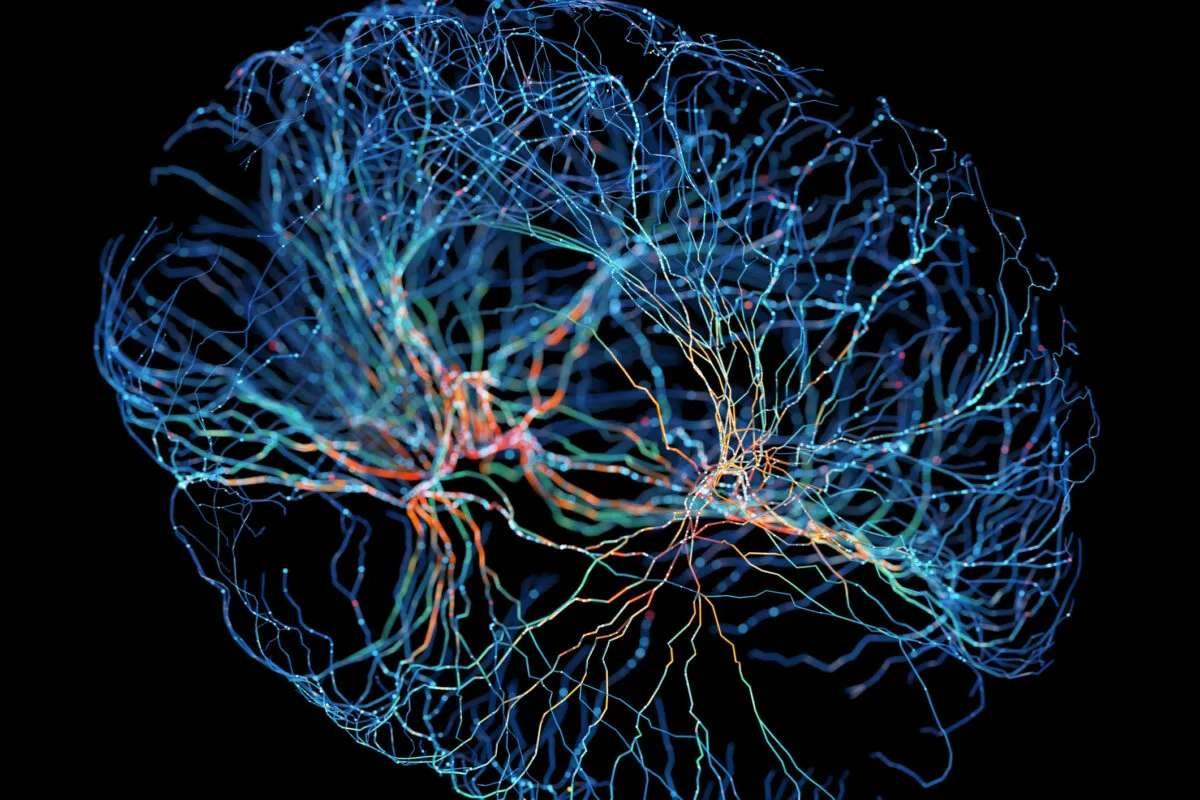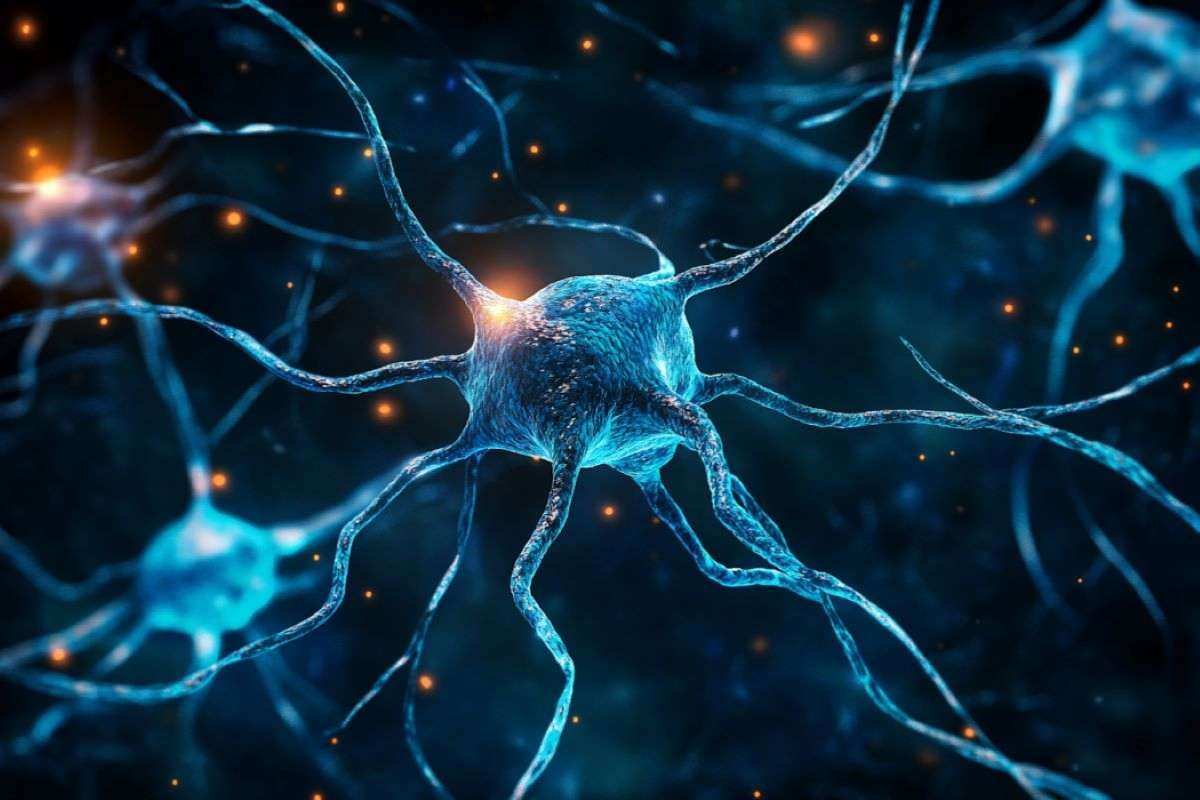Key Points:
- Developing brain atlas maps over 5,000 brain cell types, revealing how the brain forms and matures.
- Shows gene activity timing, clarifying how genes shape brain function and cognition.
- Offers insights for treating neurological disorders and studying brain diseases like autism and schizophrenia.
Scientists have produced the first detailed developing brain atlas, a landmark achievement that could transform understanding of how brain disorders such as autism and schizophrenia emerge. The research, published Nov. 6 in Nature and related journals, marks a major milestone in mapping how brain cells form, mature, and function through different stages of life.
The work is part of the U.S. National Institutes of Health’s BRAIN Initiative Cell Atlas Network (BICAN), a global effort to chart every cell type in the human brain. Researchers examined human, mouse, and monkey brain tissue to trace the genetic and cellular changes that occur as the brain develops from embryo to adulthood.
Neuroscientists identified more than 5,000 distinct cell types in the mouse brain and believe the human brain contains at least that many. The project also revealed the precise timing of gene activation and deactivation in developing brain cells, offering insight into how genes influence brain structure and function.
“Our brain has thousands of types of cells with extraordinary diversity,” said Hongkui Zeng, director of brain science at the Allen Institute in Seattle and lead author of two of the studies. “These diverse cell types work together to generate behaviors, emotions, and cognition.”
Mapping brain development
The developing brain atlas charts key brain regions, including the neocortex—responsible for higher cognitive functions—and the hypothalamus, which regulates vital processes such as temperature, mood, hunger, and sleep. Researchers compared human and animal data to identify both shared developmental patterns and features unique to humans.
Aparna Bhaduri, a neuroscientist at the University of California, Los Angeles, said the study offers an unprecedented level of detail. “The developing brain is incredibly complex and rapidly changing,” Bhaduri said. “We now have a much clearer understanding of what the pieces of the developing brain are because of these atlases.”
Practical implications
The findings could improve research into neurological and psychiatric disorders that arise during brain development. By comparing normal and abnormal brain growth, scientists can pinpoint when and where developmental processes go awry.
“By studying and comparing brain development in humans and animals, we can better understand human specialization and how our intelligence evolved,” Zeng said. “This also allows us to study what changes occur in diseased brains, both in human tissue and animal models.”
The developing brain atlas may also help design new cell- and gene-based therapies for conditions such as autism, attention deficit hyperactivity disorder, and schizophrenia. Understanding how healthy brain cells form could lead to targeted treatments that restore or replace malfunctioning ones.
Cancer link and next steps
One of the studies found that some human brain tumor cells resemble embryonic progenitor cells—immature cells that can transform into specific brain types. This suggests tumors may exploit normal developmental pathways to promote their growth.
Researchers also identified several previously unknown brain cell types, including ones in the neocortex and striatum, which control movement and certain cognitive functions. Notably, the human brain showed a prolonged period of cell differentiation compared to animals, reflecting its extended growth from fetus to adolescence.
The next stage of the project will focus on mapping brain changes linked to neurodevelopmental and neuropsychiatric disorders.
“The goal is to understand not only what the parts of the developing brain are, but also what happens in disorders that emerge during development,” Bhaduri said. “It’s a long-term effort, but this work represents a major step forward.”
The new Developing Brain Atlas provides a foundation for future research aimed at decoding how the brain builds itself—and how those same processes can sometimes go wrong.







